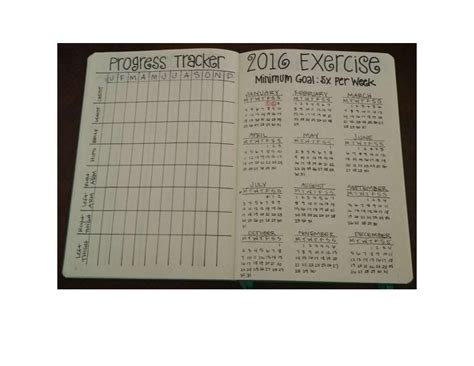Beyond sets & reps: What’s the best progressive overload strategy for peak gains?

The Foundation of Growth: Understanding Progressive Overload
For anyone serious about building muscle and strength, progressive overload isn’t just a concept; it’s the fundamental principle. In its simplest form, it means continually increasing the demands placed on the musculoskeletal system to adapt and grow. However, many lifters get stuck in a rut, believing progressive overload is solely about adding more weight to the bar or squeezing out an extra rep. While these are valid methods, they represent only a fraction of the strategies available. To truly unlock peak gains and avoid plateaus, it’s essential to understand and implement a multifaceted approach to progressive overload.

Beyond the Barbell: Diverse Progressive Overload Strategies
While increasing load (weight) and volume (sets x reps) are the most common forms of progressive overload, there are numerous other levers you can pull to continuously challenge your body. Incorporating these strategies can lead to more consistent progress, prevent stagnation, and keep your workouts engaging.
1. Increase Intensity (Load & Volume)
- Weight: The most straightforward method. Gradually increase the resistance while maintaining good form.
- Reps: Increase the number of repetitions performed with a given weight.
- Sets: Add more working sets to an exercise or workout.
2. Manipulate Training Variables
- Decrease Rest Times: Reducing the rest period between sets forces your muscles to recover faster and work harder under fatigue, enhancing metabolic stress.
- Increase Time Under Tension (TUT): Slow down the eccentric (lowering) or concentric (lifting) phase of an exercise. This extends the duration your muscles are actively engaged, increasing the challenge.
- Improve Exercise Technique/Form: While not a direct ‘overload’ in the traditional sense, perfecting your form allows for better muscle activation, a greater range of motion, and safer lifting, effectively making the same weight ‘heavier’ for the target muscle.
3. Enhance Movement & Range
- Increase Range of Motion (ROM): If you’re currently performing partial reps, work towards a full, controlled range of motion. This activates more muscle fibers and contributes to greater flexibility and strength across the joint.
- Introduce Advanced Techniques: Methods like drop sets, supersets, giant sets, partial reps (at the end of a full set), or forced reps can dramatically increase the intensity and metabolic demand of a workout session. These should be used sparingly and strategically.

4. Increase Training Frequency
If you’re only training a muscle group once a week, consider increasing its training frequency to twice or even three times a week, provided you manage total weekly volume and recovery appropriately. This can provide more opportunities for muscular stimulus and adaptation.
The Art of Periodization and Strategic Application
The ‘best’ progressive overload strategy isn’t a single method; it’s the one you haven’t adapted to yet. Effective programming often involves periodization – cycling through different training phases where you prioritize different forms of overload. For example, you might spend a mesocycle focusing on increasing load, followed by a phase emphasizing increased volume or reduced rest times.
Tracking Your Progress
To ensure you’re actually progressively overloading, diligent tracking is crucial. Keep a workout log where you record: weight, sets, reps, rest times, and even perceived exertion or notes on form. This data allows you to objectively review your progress and plan your next session effectively.

Conclusion: A Holistic Approach to Sustained Gains
True peak gains come from a holistic understanding and application of progressive overload. Moving beyond just sets and reps means embracing a dynamic approach that constantly challenges your body in new ways. By intelligently manipulating variables like intensity, volume, rest times, time under tension, range of motion, and even training frequency, you can bypass plateaus, sustain motivation, and consistently push the boundaries of your strength and muscle development. Remember, the goal is not just to lift heavier, but to make your muscles work harder and smarter over time.









